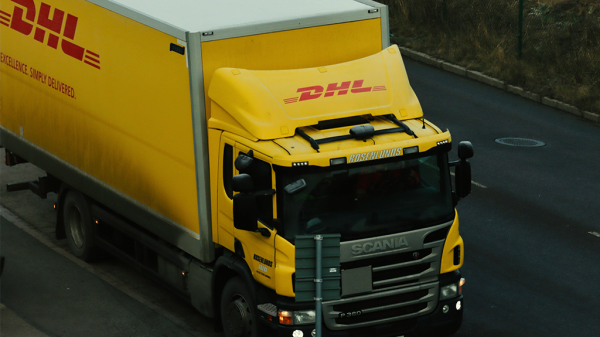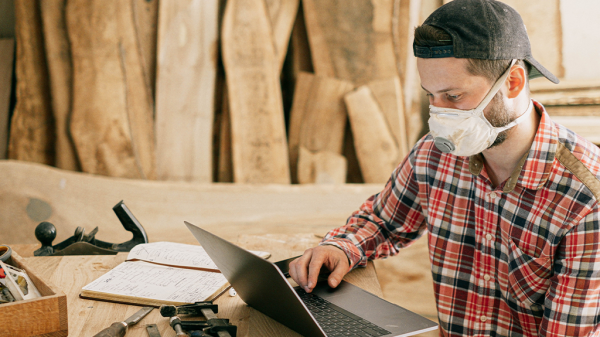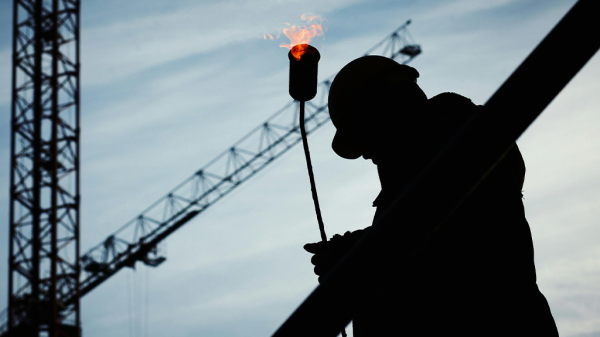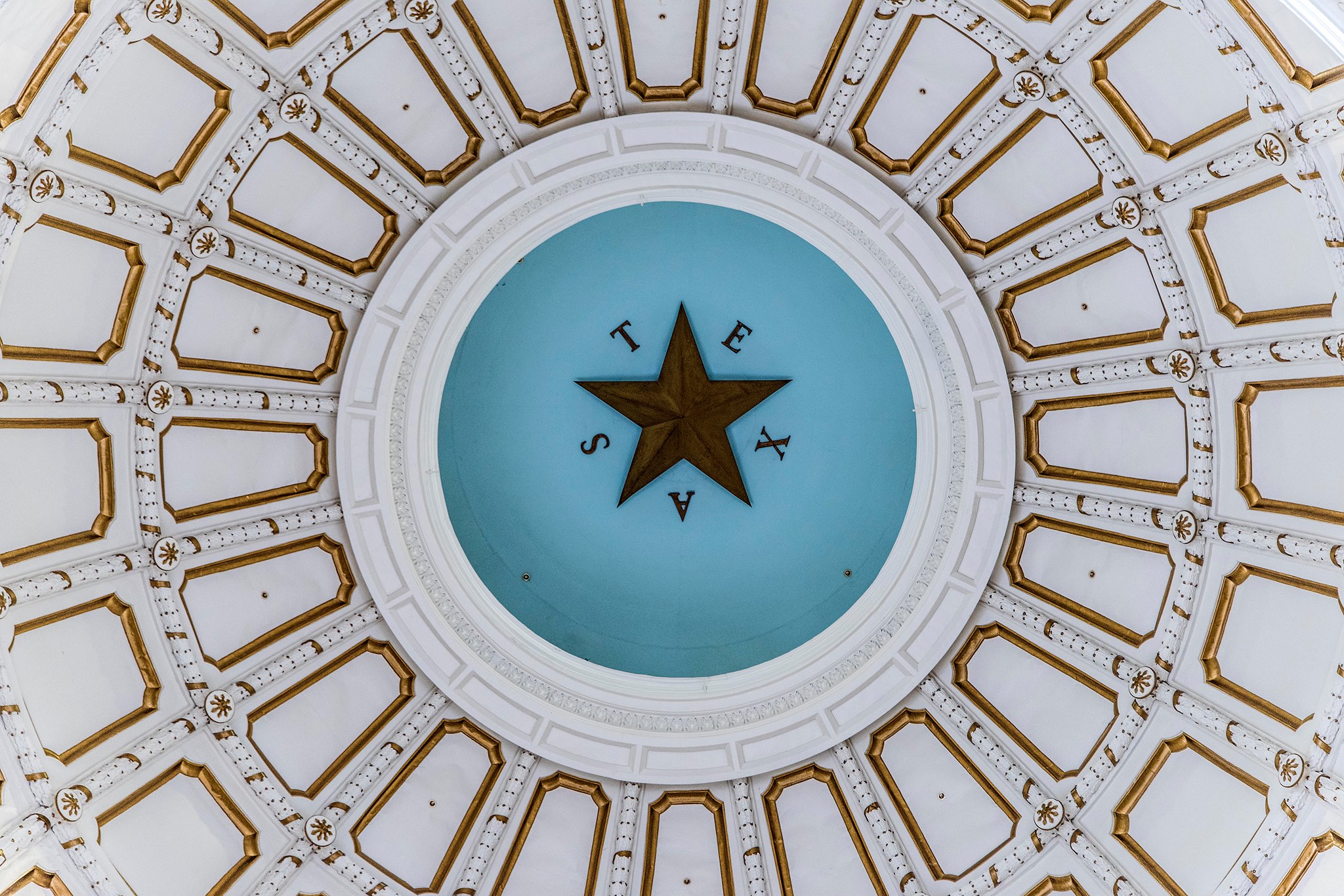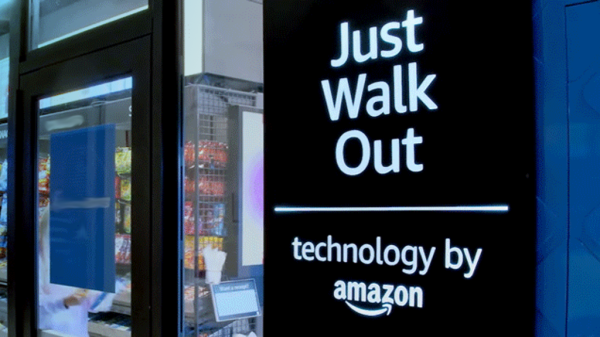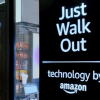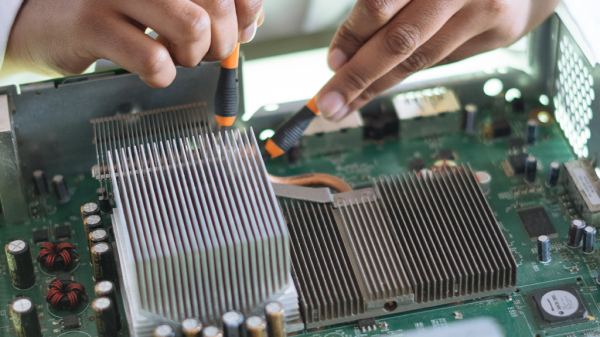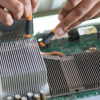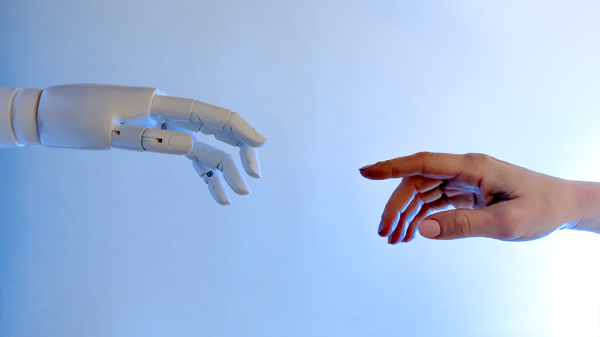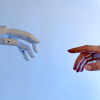Despite what the movies have told you, Texas is not the place you think it is. Sure, we’ve got cowboys, brisket, and a lot of BBQ, but the Lone Star State is much, much more than clichés. Over the last few decades, Texas has been gaining steam as one of the premier places to live in the country.
While yes, people love a good chicken fried steak or are always looking for an excuse to sneak over to their favorite grocery store, HEB, Texans aren’t sitting idly by when it comes to tech – they’re grabbing the industry by the horns.
Thanks to the state’s business-friendly tax breaks, a year-round predominantly warm weather climate, and a strong state culture, the popularity of Texas makes a lot of sense: Houston, which was once considered a third tier city is about to overthrow Chicago as the third largest in the nation, while also being lauded as our most diverse city.
Let’s repeat it, for all the people in the back: Houston, Texas is more diverse than Los Angeles, or New York.
Affordable neighborhoods are popping up across Houston, which are attracting immigrants from every culture looking for their slice of the American Dream. Houston is seeing explosive growth and a cultural shift away from being a town built on strictly fossil fuels, but now, startups, tech, and umbrella industries are finding their niche in the state’s biggest urban area. Only New York is home to more public companies.
Houston’s medical sector ranks with some of the top care in the world. And with those elite doctors, come the innovative pharmaceutical and medical companies, and the tech that supports them.
When you look at the top twenty metro areas to live right now in the country, four of those cities are in Texas. While some of those reasons are affordability and the signature Texas heat, the state is seeing new residents thanks also to a healthy job market. Since 2010, Texas has added 12.6% more residents, double lapping California’s growth of 6.1%.
Texas’ workforce is bigger than 46 states in the union total population and has doubled in job growth, productivity, and new deals are being struck daily. Texas’ impact on the tech sector is indisputable: Texas has exported more technology than California, again.
Deep in the heart
Startup culture is alive and well in Austin, but while some of our startups are finally beginning to draw VC attention away from Silicon Valley, we know how to slug it out in the land of the bootstrapped beginnings. If your company can thrive in Austin, with so many talented people, and a lot of great ideas, you can make it anywhere (sorry New York, for stealing your platitude).
Austin is still a developing story. As enterprises are opening offices in the capital city, this is helping VCs along the coasts see Austin’s potential as a hub of ideas. The city is still behind the bay area for risk-taking ventures, but given the current climate of investors, there’s a sea change happening.
Giants like Apple, Atlassian, Oracle, Dell, Amazon, Samsung, Facebook, and Google are all occupying space in buildings across the Austin skyline. Enterprise companies are investing heavily into the Austin market, and there are zero signs of a slow down. If you need further proof, just look at the traffic on any of the city’s major highways during rush hour.
Dallas is making a hard play at attracting the top-tiered companies as well. When Amazon head honcho Jeff Bezos announced put out a call for bids for Amazon’s HQ2, many cities made a play for the site, but now that the final cities have been chosen, both Austin and Dallas both stand to score the shopping monolith.
Oculus, TopGolf, and startups like Veryable, Dead Soxy, and Artist Uprising are attracting some of the brightest minds to the Dallas/Fort Worth metro area.
South Texas joins the party
San Antonio is quietly building a case for a burgeoning tech scene, too. It’s not quite there yet on the enterprise or startup level, but the city is widely known for one thing – cybersecurity. Outside of Washington D.C., San Antonio is known as “Cyber Security City USA” to folks in the black hat scene.
San Antonio logged the most substantial growth of all of the Texas cities, adding over 250,000 new residents in 2017 alone. Thanks to a robust military presence, San Antonio is quietly attracting more and more security-minded firms, a feat that’s unique in comparison to what the rest of the state is offering. Military-friendly banking institution USAA is headquartered in San Antonio, as is grocery chain HEB, and Whataburger, with all three companies investing heavily into user experience and mobile applications (aka technology).
If Amazon decides on HQ2 in either Dallas or Austin, that will signal a 200,000+ person addition to the state’s population and economy. That’s a lifetime investment into either city, wherever Bezos, and his board chooses. Coupling that possibility with the already strong presence of Southwest Airlines, Texas Instruments, and just about every major gas corporation, it’s easy to see why these moves are a huge deal. For the latter, it’s also important to note that every sector is bolstering their websites, their social media footprint, everything that can be done on a laptop is happening – one new job at a time.
As the tech scene develops and changes from a strong west coast-driven model, Texas is benefiting from the change. Many Californians are moving to Texas, which is an article to itself, but one thing remains: the Texas economy has never been stronger, and it’s only improving. The story of tech in Texas is a continual work in progress.
We’re not going to overtake California next year, but we’re making a stand, and people are noticing. If the current economic growth is an indicator, the famous Dairy Queen saying is potent with it’s accuracy: “That’s What I Like About Texas.”
Robert Dean is a writer at Adia and The American Genius. He is a writer, journalist, and cynic. His most recent novel, The Red Seven is in stores. Currently, he’s working on his newest novel, Tragedy Wish Me Luck. He also likes ice cream and panda bears. He currently lives in Austin. Stalk him on Twitter.







